"北京消费统计年鉴"相关数据
更新时间:2024-11-222019世界能源统计年鉴
In particular,the data compiled in this year's Review suggest that in 2018,global energy demand and carbon emissions from energy use grew at their fastest rate since 2010/11,moving even fur ther away from the accelerated transition envisaged by the Paris climate goals.
BP's economics team estimate that much of the rise in energy growth last year can be traced back to weather-related effects,as farmilies and businesses increased their demand for cooling and heating in response to an unusually large number of hot and cold days.The acceleration in carbon emissions was the direct result of this increased energy consumption.
Even if these weather effects are short-lived,such that the growth in energy demand and carbon emissions slow over the next few years,there seems lttle doubt that the current pace of progress is inconsistent with the Paris climate goals.The world is on an unsustainable path:the longer carbon emissions continue to rise,the harder and more costly will be the eventual adjustment to net-zero carbon emissions.Yet another year of growing carbon emissions underscores the urgency for the world to change.
The Statistical Review provides a timely and objective insight into those developments and how that change can begin to be achieved.
The strength iท energy consumption was reflected acroรs all the fuels,many of which grew more strongly than their recent historical averages.This acceleration was particularly pronounced for natural gas,which grew at one of its fastest rates for over 30 years,accounting for over 40% of the growth in primary energy.On the supply side,the data for 2018 reinforced the central importance of the US shale revolution.
【更多详情,请下载:2019世界能源统计年鉴】
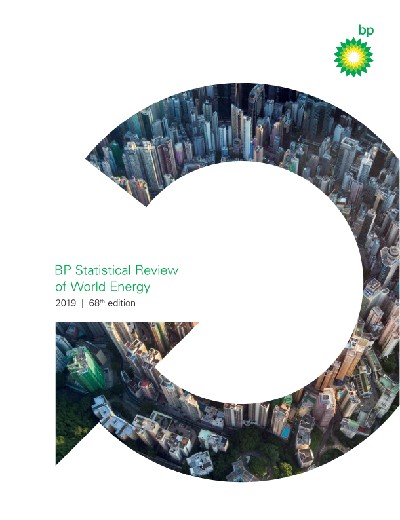
 2019年北京最受青睐的夜间消费活动该数据包含了2019年北京最受青睐的夜间消费活动。美食餐饮受访者青睐比例为73.2%。2019年发布时间:2020-05-20
2019年北京最受青睐的夜间消费活动该数据包含了2019年北京最受青睐的夜间消费活动。美食餐饮受访者青睐比例为73.2%。2019年发布时间:2020-05-20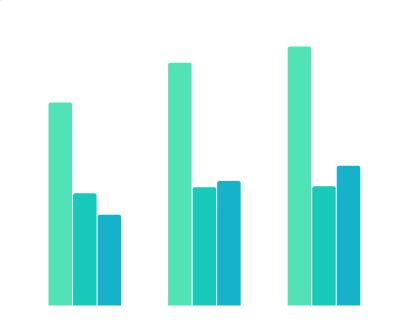 2016-2020年中国北京消费结构该统计数据包含了2016-2020年中国北京消费结构。其中2020年总消费额为2.53万亿元。2016-2020年发布时间:2021-12-29
2016-2020年中国北京消费结构该统计数据包含了2016-2020年中国北京消费结构。其中2020年总消费额为2.53万亿元。2016-2020年发布时间:2021-12-29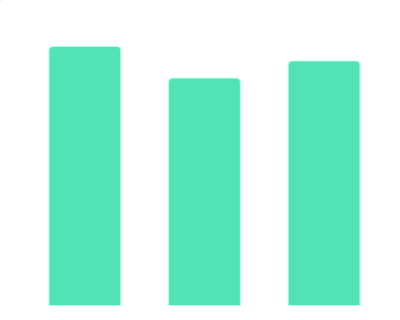 2007年-2010年7月北京市货物运输及周转状况统计表该统计数据包含了2007年-2010年7月北京市货物运输及周转状况统计表。2010年,北京市货物运输总量为11688.4万吨,货物周转总量2209627.55万吨公里。2007-2010年发布时间:2018-11-26
2007年-2010年7月北京市货物运输及周转状况统计表该统计数据包含了2007年-2010年7月北京市货物运输及周转状况统计表。2010年,北京市货物运输总量为11688.4万吨,货物周转总量2209627.55万吨公里。2007-2010年发布时间:2018-11-26 2013-2019年北京市常住人口统计该统计数据包含了2013-2019年北京市常住人口统计。2019年常住人口2153.6万人。2013-2019年发布时间:2020-03-09
2013-2019年北京市常住人口统计该统计数据包含了2013-2019年北京市常住人口统计。2019年常住人口2153.6万人。2013-2019年发布时间:2020-03-09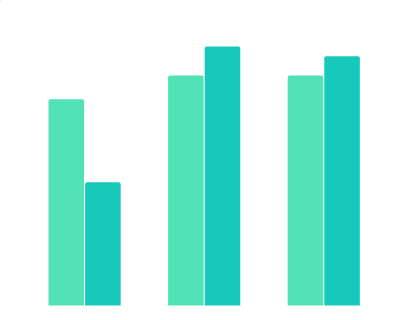 1978-2017年中国北京市市场消费投资变化情况该统计数据包含了1978-2017年中国北京市市场消费投资变化情况。2017年北京市市场消费率占比60.1%,投资率占比39.1%。1978-2017年发布时间:2021-03-24
1978-2017年中国北京市市场消费投资变化情况该统计数据包含了1978-2017年中国北京市市场消费投资变化情况。2017年北京市市场消费率占比60.1%,投资率占比39.1%。1978-2017年发布时间:2021-03-24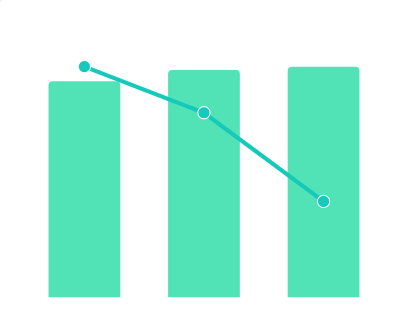 2016-2018年北京市社会消费品零售总额情况该统计数据包含了2016-2018年北京市社会消费品零售总额情况。2018年北京市社会消费品零售总额为11747.7亿元,增长率为2.7%。2016-2018年发布时间:2019-10-16
2016-2018年北京市社会消费品零售总额情况该统计数据包含了2016-2018年北京市社会消费品零售总额情况。2018年北京市社会消费品零售总额为11747.7亿元,增长率为2.7%。2016-2018年发布时间:2019-10-16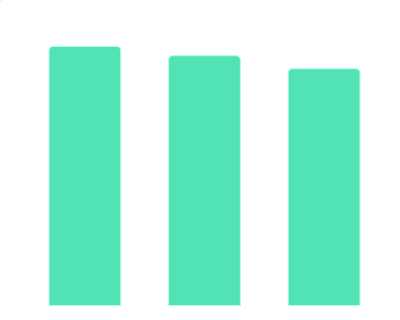 2000-2018年北京市注册护士数量统计该统计数据包含了2000-2018年北京市注册护士数量统计。其中,2018年北京市有注册护士10.74万人。2000-2018年发布时间:2020-05-03
2000-2018年北京市注册护士数量统计该统计数据包含了2000-2018年北京市注册护士数量统计。其中,2018年北京市有注册护士10.74万人。2000-2018年发布时间:2020-05-03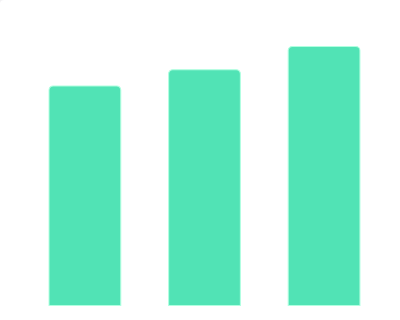 2015年-2025年中国人均茶叶消费量统计该统计数据包含了2015年-2025年中国人均茶叶消费量统计。2015-2025年发布时间:2024-11-14
2015年-2025年中国人均茶叶消费量统计该统计数据包含了2015年-2025年中国人均茶叶消费量统计。2015-2025年发布时间:2024-11-14 2016-2020年中国北京人均GDP增长情况该统计数据包含了2016-2020年中国北京人均GDP增长情况。其中2020年人均GDP为16.8万元。2016-2020年发布时间:2021-12-29
2016-2020年中国北京人均GDP增长情况该统计数据包含了2016-2020年中国北京人均GDP增长情况。其中2020年人均GDP为16.8万元。2016-2020年发布时间:2021-12-29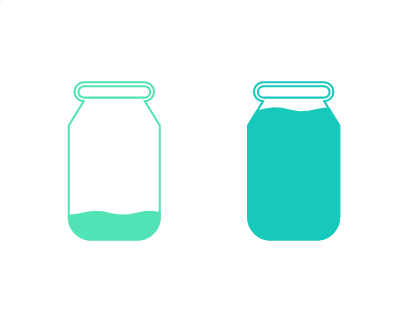 2018年北京消费者夜间餐饮到店消费商圈分布情况该统计数据包含了2018年北京消费者夜间餐饮到店消费商圈分布情况。2018年北京消费者夜间餐饮到店消费TOP10商圈占比为17.96%。2018年发布时间:2020-07-17
2018年北京消费者夜间餐饮到店消费商圈分布情况该统计数据包含了2018年北京消费者夜间餐饮到店消费商圈分布情况。2018年北京消费者夜间餐饮到店消费TOP10商圈占比为17.96%。2018年发布时间:2020-07-17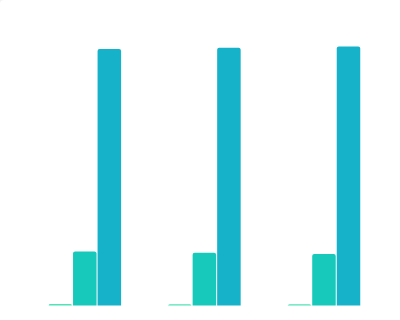 2016-2020年中国北京三次产业占比情况该统计数据包含了2016-2020年中国北京三次产业占比情况。其中2020年第一产业占比0.4%。2016-2020年发布时间:2021-12-29
2016-2020年中国北京三次产业占比情况该统计数据包含了2016-2020年中国北京三次产业占比情况。其中2020年第一产业占比0.4%。2016-2020年发布时间:2021-12-29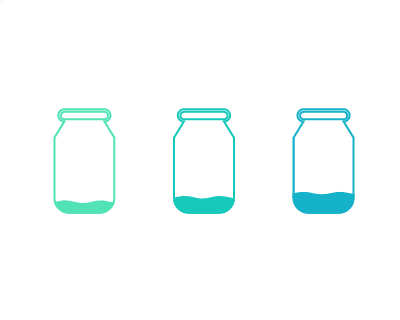 2021年中国受访者不同互联网消费场景下遭遇大数据“杀熟”比例该统计数据包含了2021年中国受访者不同互联网消费场景下遭遇大数据“杀熟”比例。数据显示,82.4%的受访者认为大数据“杀熟”现象非常普遍或普遍存在。其中,在网购、在线旅游、外卖等场景下遭遇过大数据“杀熟”的受访者最多。2021年发布时间:2022-03-03
2021年中国受访者不同互联网消费场景下遭遇大数据“杀熟”比例该统计数据包含了2021年中国受访者不同互联网消费场景下遭遇大数据“杀熟”比例。数据显示,82.4%的受访者认为大数据“杀熟”现象非常普遍或普遍存在。其中,在网购、在线旅游、外卖等场景下遭遇过大数据“杀熟”的受访者最多。2021年发布时间:2022-03-03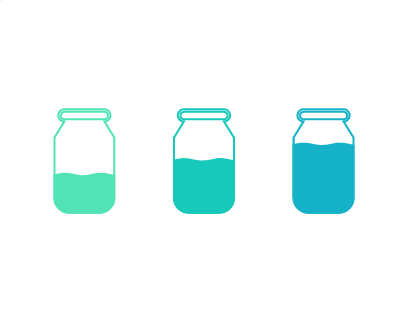 2021年中国受访者认为大数据“杀熟”侵害消费者的合法权益占比该统计数据包含了2021年中国受访者认为大数据“杀熟”侵害消费者的合法权益占比。数据显示,80.6%的受访者认为其侵犯了消费者的公平交易权,66.1%认为侵犯了自身知情权。2021年发布时间:2022-03-03
2021年中国受访者认为大数据“杀熟”侵害消费者的合法权益占比该统计数据包含了2021年中国受访者认为大数据“杀熟”侵害消费者的合法权益占比。数据显示,80.6%的受访者认为其侵犯了消费者的公平交易权,66.1%认为侵犯了自身知情权。2021年发布时间:2022-03-03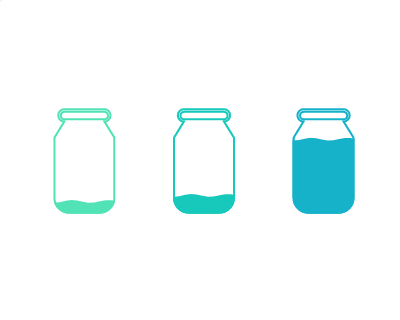 2020年中国教育培训消费的舆情信息占比该统计数据包含了2020年中国教育培训消费的舆情信息占比,负面舆情占七成。2020年发布时间:2021-03-12
2020年中国教育培训消费的舆情信息占比该统计数据包含了2020年中国教育培训消费的舆情信息占比,负面舆情占七成。2020年发布时间:2021-03-12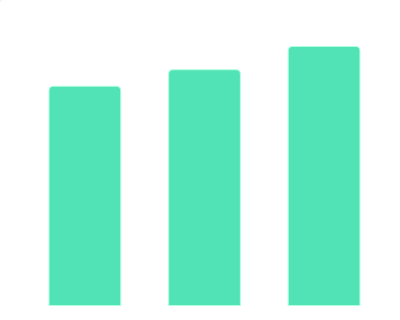 2016-2019年中国北京全员劳动生产率情况该统计数据包含了2016-2019年中国北京全员劳动生产率情况。其中2019年劳动生产率为28万元/人。2016-2019年发布时间:2021-12-29
2016-2019年中国北京全员劳动生产率情况该统计数据包含了2016-2019年中国北京全员劳动生产率情况。其中2019年劳动生产率为28万元/人。2016-2019年发布时间:2021-12-29 2019年天猫双十一消费情况统计该统计数据包含了2019天猫双十一消费情况统计。2019天猫双十一美妆个护类消费357亿元,同比增长91.7%。2019年发布时间:2020-04-16
2019年天猫双十一消费情况统计该统计数据包含了2019天猫双十一消费情况统计。2019天猫双十一美妆个护类消费357亿元,同比增长91.7%。2019年发布时间:2020-04-16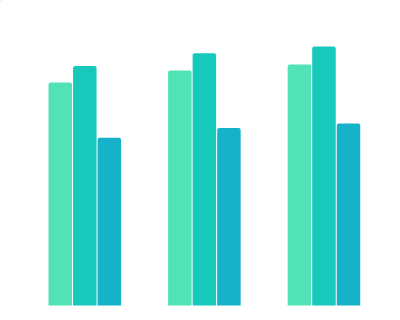 2010-2019年中国居民消费价格指数统计情况该统计数据包含了2010-2019年我国居民消费价格指数统计情况。2019年我国居民消费价格指数为669.8。2010-2019年发布时间:2021-03-12
2010-2019年中国居民消费价格指数统计情况该统计数据包含了2010-2019年我国居民消费价格指数统计情况。2019年我国居民消费价格指数为669.8。2010-2019年发布时间:2021-03-12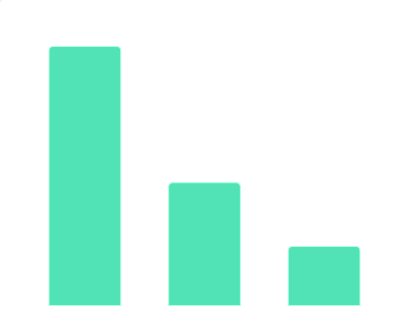 2020年中国教育培训消费负面舆情的具体情况分类该统计数据包含了2020年中国教育培训消费负面舆情的具体情况分类,主要集中在退费苦难、虚假宣传、培训质量和合同纠纷。2020年发布时间:2021-03-12
2020年中国教育培训消费负面舆情的具体情况分类该统计数据包含了2020年中国教育培训消费负面舆情的具体情况分类,主要集中在退费苦难、虚假宣传、培训质量和合同纠纷。2020年发布时间:2021-03-12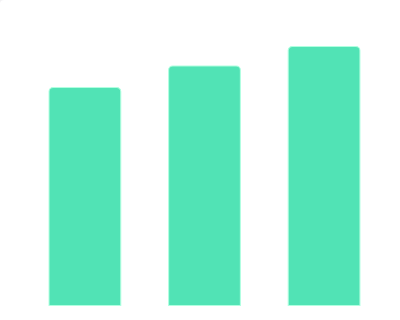 2012-2017年北京市居民消费该数据包含了2012-2017年北京市居民消费。2017居民消费水平为52912元,农村居民消费水平为26132元,城镇居民消费水平为57100元。2012-2017年发布时间:2021-09-10
2012-2017年北京市居民消费该数据包含了2012-2017年北京市居民消费。2017居民消费水平为52912元,农村居民消费水平为26132元,城镇居民消费水平为57100元。2012-2017年发布时间:2021-09-10 2018年-2019年美国不同年龄消费者的消费项目分布情况该统计数据包含了2018年-2019年美国不同年龄消费者的消费项目分布情况。25岁以下对住房进行消费的占比最高,占比22.6%。2018-2019年发布时间:2021-12-31
2018年-2019年美国不同年龄消费者的消费项目分布情况该统计数据包含了2018年-2019年美国不同年龄消费者的消费项目分布情况。25岁以下对住房进行消费的占比最高,占比22.6%。2018-2019年发布时间:2021-12-31





